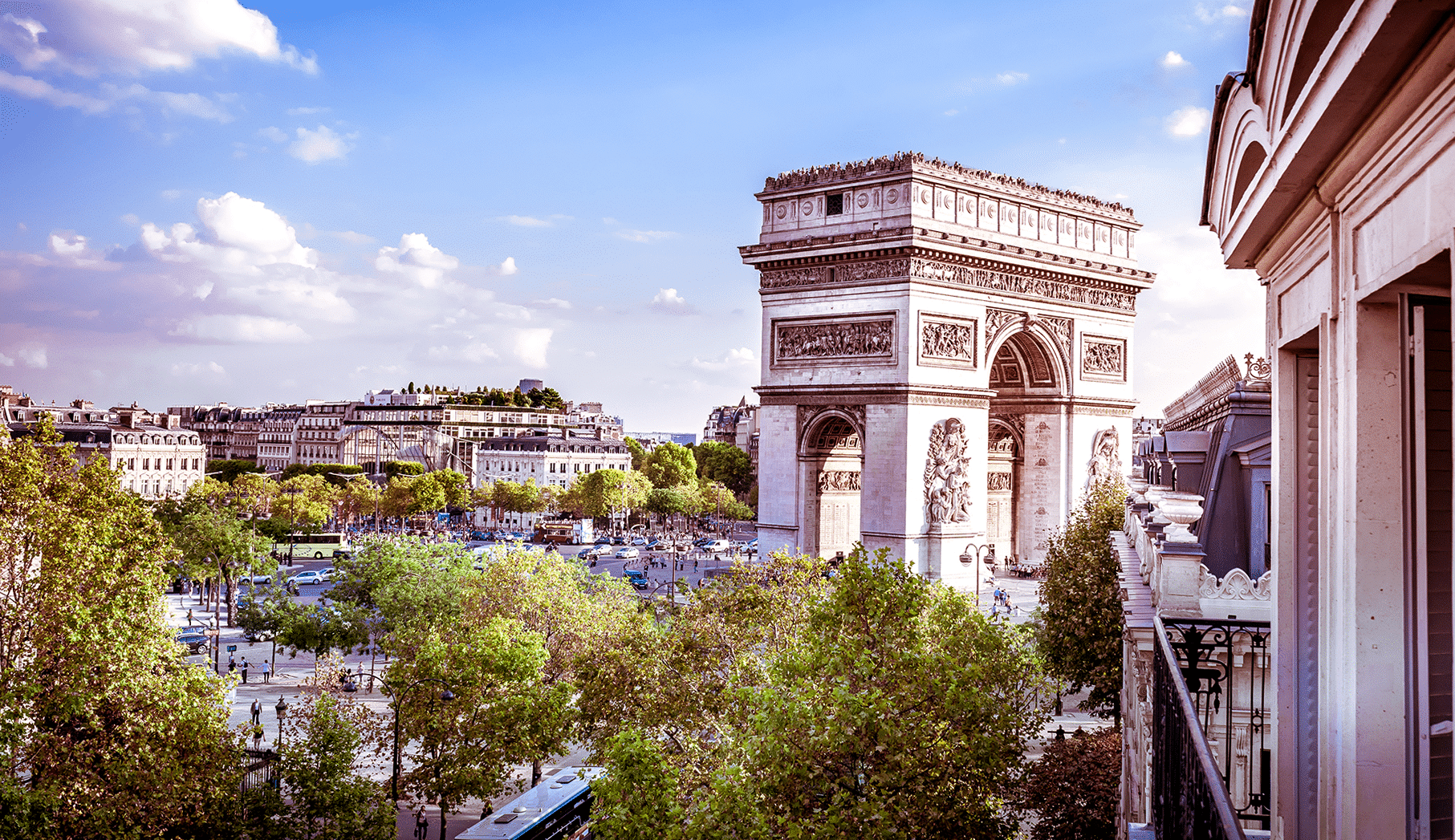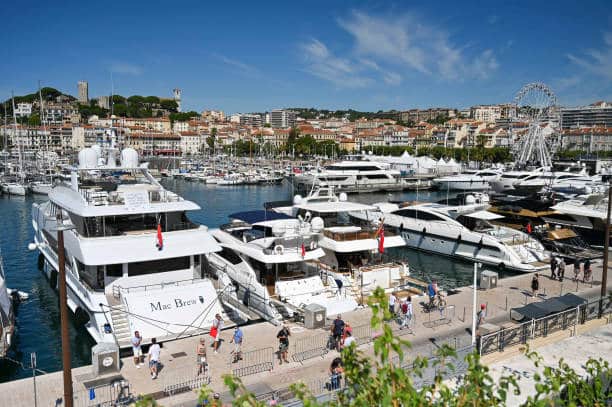Despite the war in Ukraine and the travel restrictions still in place in many countries, global tourism is showing very good momentum since January 2022. One of the consequences of this growth: luxury tourism.
Which regions are attracting?
Since January 2022, two regions of the world have been doing very well: Europe and the Americas. Even if these two regions have not yet reached their pre-pandemic levels, ForwardKeys points out that the second quarter of 2022 looks promising for international journeys, especially for summer destinations such as the Caribbean or Latin America. “I traveled earlier this week and I can tell you that the airports, the international terminals in the United States are very crowded and there is a demand or interest in traveling to Europe … So, we miss coming to Paris, going to Rome and Berlin,” says Larry Cuculic, general manager of Best Western, an American hotel chain.
The European region, too, remains no less sought after by tourists, especially France. According to Jean-Baptiste Lemoyne, Minister Delegate in charge of Tourism, France is “very well positioned” as the “number one destination for travel in Europe for Americans, Belgians, Italians and Spaniards”. Then follow Spain, Portugal, Greece and finally, Iceland, which are the most popular destinations for tourists since 2022. The recovery of tourism in Europe is particularly driven by Americans in the second quarter of 2022, +27% compared to the same period in 2019.
Absent from the radar of tourists due to restrictions related to the Covid-19 pandemic and the inaccessibility of several of its flagship destinations, the Asia-Pacific region has seen a 93% drop in international tourist arrivals on its lands, compared to those observed before the pandemic.
Luxury tourism, a direct consequence of the growth of European tourism
Europe, which is finally seeing the return of foreign tourists in large numbers in several of its countries, can in part thank the Americans. And it is the luxury sector in particular that benefits most from this tourism dynamic.
“Europe is the world’s leading tourist destination and European high-end and luxury tourism represents between 130 and 170 billion euros” per year, according to Matteo Lunelli, president of Altagamma and new president of ECCIA (European Cultural and Creative Industries Alliance).
At the European level, tourist spending on luxury goods has increased exponentially, by 829% in April, according to data from Planet, a data transmission organization specializing in tax exemption.
By volume, luxury tourists generate nearly 22% of overall European tourism revenues, account for 22% of accommodation spending and up to 33% of culture and entertainment shopping. In other words, they spend eight times more than the average.
In terms of numbers, France leads the way ahead of Italy, Spain, and the United Kingdom, where all four countries have luxury tourism sales worth more than 20 billion euros. Moreover, a quarter of the French market is driven almost exclusively by Americans, who in April accounted for 23% of tax-free purchases, spending approximately €1515 per purchase, again according to Planet.
Paris’ dominance in high-end tourism
On a smaller scale, the French capital and especially its many luxury boutiques are both benefiting from the return of foreign tourists and especially Americans.
“For the Easter weekend, Paris had a higher occupancy rate than it did in 2019 and this is combined with the return of a foreign clientele, including long-haul – Americans, Canadians, etc. – and who are present in the luxury segment,” says Jean-Baptiste Lemoyne.
The Champs-Elysées committee also makes the same observation: “North American tourism is returning, the Champs-Elysées are speaking American again and it is they who are leaving the biggest slates”, explains Marc-Antoine Jamet, president of the Champs-Elysées committee.
As a result, the luxury hotel industry has seen an influx of customers since the beginning of the year. Five-star hotels are experiencing a higher occupancy rate than in the pre-pandemic period, up to 3.6 points. This is what Géraldine Dobey, general manager of the Mandarin Oriental, located on rue Saint-Honoré, said: “Since the beginning of the year […] we have seen a return of our clientele. As soon as the borders open and the restrictions are lifted, we notice that the influx of visitors picks up quite quickly”. She reports an overall occupancy rate of 50%, which is “very satisfactory” for this time of year and “almost at the level of 2019”, she continues.
However, do not put aside the European tourists, who also play a large role in the growth of luxury tourism in Europe. If the Mandarin Oriental notes that its clientele is composed of 30% Americans, Europeans represent 35% – then 15% of Middle Easterners and, finally, 10% of Asians.
The Champs-Elysées committee came to the same conclusion: “We are also seeing a return of Europeans, who are being banned from destinations such as China and Russia and who are making a quick stopover in Paris. We have a return of Belgians, Germans, Dutch who come for two or three days and to which we must add the Spaniards, Italians, English” says, finally, Marc-Antoine Jamet. The many luxury boutiques on this avenue can already see their clientele and sales positively impacted, although they do not communicate much on these data.
Read also > IN COURCHEVEL, THE ACTORS OF TOURISM TRY TO SAVE THE SEASON
Featured Photo : © Maison Albar








